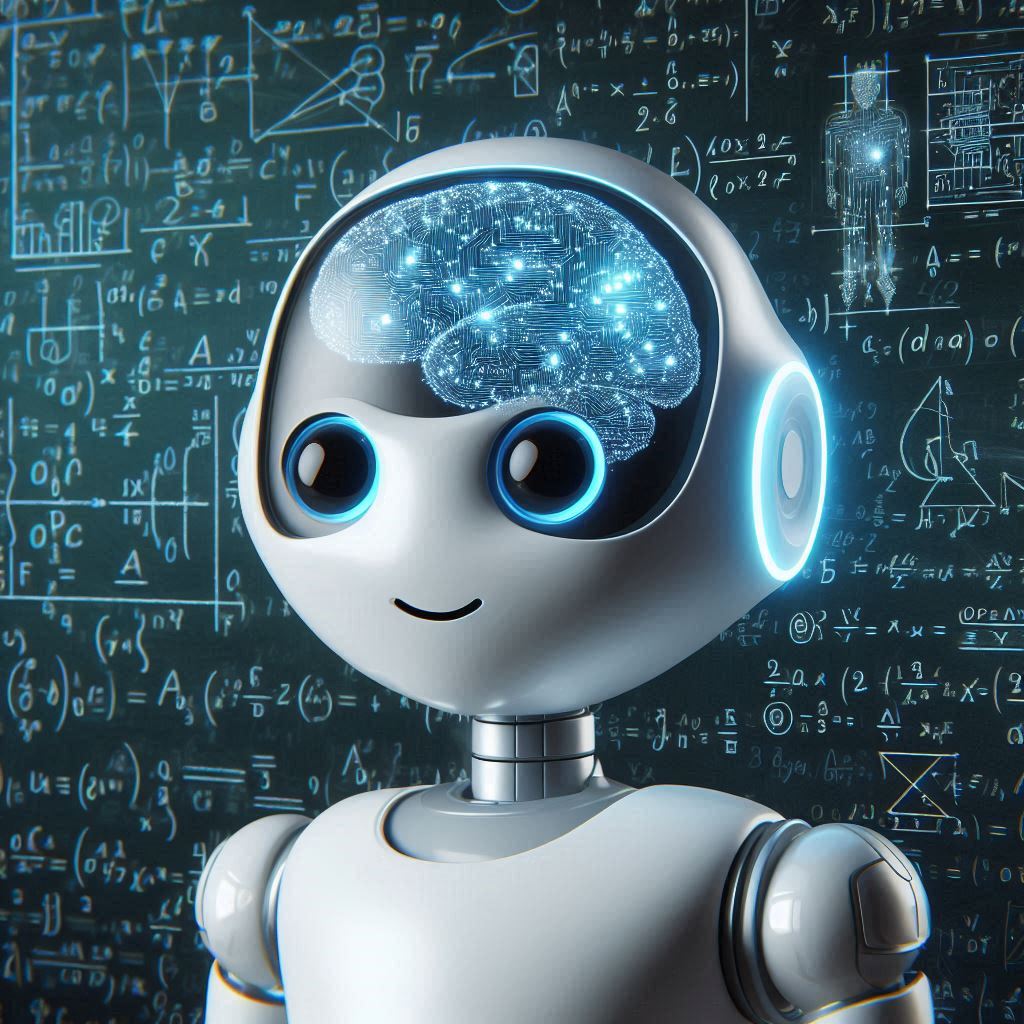Key Highlights
1.New AI Model: OpenAI is training a new flagship AI model to succeed GPT-4, aiming to advance towards artificial general intelligence (AGI).
2.Safety and Security Committee: A new committee, including CEO Sam Altman, has been established to address risks and develop safety policies for AI technologies.
3.Controversies and Changes: The release of GPT-4o, with enhanced voice capabilities, sparked controversy over voice usage, and key safety executives have recently left, leading to restructuring of safety efforts.
OpenAI, a leading force in artificial intelligence innovation, has announced that it has begun training a new flagship AI model to succeed the current GPT-4 technology, which powers the widely popular ChatGPT. This move signifies a pivotal step in OpenAI’s ambitious journey towards developing artificial general intelligence (AGI)—a machine capable of performing any intellectual task that a human can.
In a blog post released on Tuesday, OpenAI expressed confidence that the new model would bring “the next level of capabilities” in AI technology. The company envisions this model as the engine behind various AI-driven products, including chatbots, digital assistants similar to Apple’s Siri, advanced search engines, and image generation tools. The aim is to push the boundaries of what AI can achieve, moving closer to creating machines that can mimic human cognitive abilities.
Alongside the development of this new model, OpenAI is establishing a Safety and Security Committee to address the potential risks associated with advanced AI technologies. This committee, which includes CEO Sam Altman and board members Bret Taylor, Adam D’Angelo, and Nicole Seligman, will explore how to manage and mitigate the dangers posed by AI advancements. OpenAI emphasized the importance of a robust debate at this crucial juncture in AI development, recognizing both the opportunities and threats that such powerful technology brings.
OpenAI’s commitment to advancing AI technology at a rapid pace has sparked both admiration and concern. The company aims to outpace its rivals, including tech giants like Google, Meta, and Microsoft, while addressing critics who warn about the potential for AI to spread disinformation, replace human jobs, and even threaten humanity’s existence. The timeline for achieving AGI remains uncertain, with experts offering varying predictions. However, the steady progress made over the past decade, marked by significant leaps every two to three years, demonstrates the relentless drive within the AI research community.
GPT-4, released in March 2023, marked a substantial improvement over its predecessors, enabling applications like ChatGPT to answer questions, write emails, generate academic papers, and analyze data with remarkable proficiency. The latest iteration, GPT-4o, unveiled earlier this month, enhances these capabilities further by incorporating native audio inputs and outputs, allowing for human-like conversations and interactions. However, this advancement has not been without controversy. Actress Scarlett Johansson recently raised concerns about the model using a voice that closely resembled hers without authorization, leading to legal actions and public scrutiny. OpenAI responded by clarifying that the voice was not an imitation of Johansson’s but belonged to a different professional actress.
Training these sophisticated AI models involves analyzing vast amounts of digital data, including text, images, and audio. This process can take months or even years, followed by extensive testing and fine-tuning before the technology is released to the public. OpenAI’s announcement suggests that the new model might not be ready for deployment for another nine months to a year or more, reflecting the meticulous and resource-intensive nature of AI development.
The creation of the Safety and Security Committee is a proactive measure to ensure that the development and deployment of AI technologies are conducted responsibly. The committee’s mandate is to evaluate and refine OpenAI’s safety protocols and policies over the next 90 days, with recommendations to be reviewed by the board and shared publicly. This move comes amid concerns raised by the recent departures of key safety executives Ilya Sutskever and Jan Leike, who had played significant roles in OpenAI’s efforts to ensure AI safety. Their exit has left some uncertainty about the future direction of the company’s safety initiatives.
John Schulman, another co-founder, will now lead the long-term safety research efforts, with the new safety committee providing oversight and guidance. Schulman previously headed the team responsible for creating ChatGPT, positioning him well to navigate the complexities of AI safety in future models.
OpenAI’s dedication to safety and innovation underscores the delicate balance the company must maintain as it pushes the frontiers of AI technology. By investing in safety measures and fostering open dialogue about the ethical implications of AI, OpenAI aims to build trust and ensure that its advancements benefit humanity as a whole.
As OpenAI embarks on this next phase of AI development, the world will be watching closely. The journey towards AGI is fraught with challenges and uncertainties, but it also holds the promise of transformative benefits. Through careful stewardship and a commitment to safety, OpenAI hopes to harness the power of AI to create a future where technology and humanity thrive together.
References
- https://www.nytimes.com/2024/05/28/technology/openai-gpt4-new-model.html
- https://www.businessinsider.com/openai-sets-up-safety-committee-starts-training-next-frontier-model-2024-5?IR=T
- https://seekingalpha.com/news/4110640-openai-starts-training-new-flagship-ai-model-forms-safety-panel-with-sam-altman-in-it
- https://www.msn.com/en-us/money/companies/openai-sets-up-safety-and-security-committee-and-starts-training-next-frontier-model/ar-BB1nbpFF

